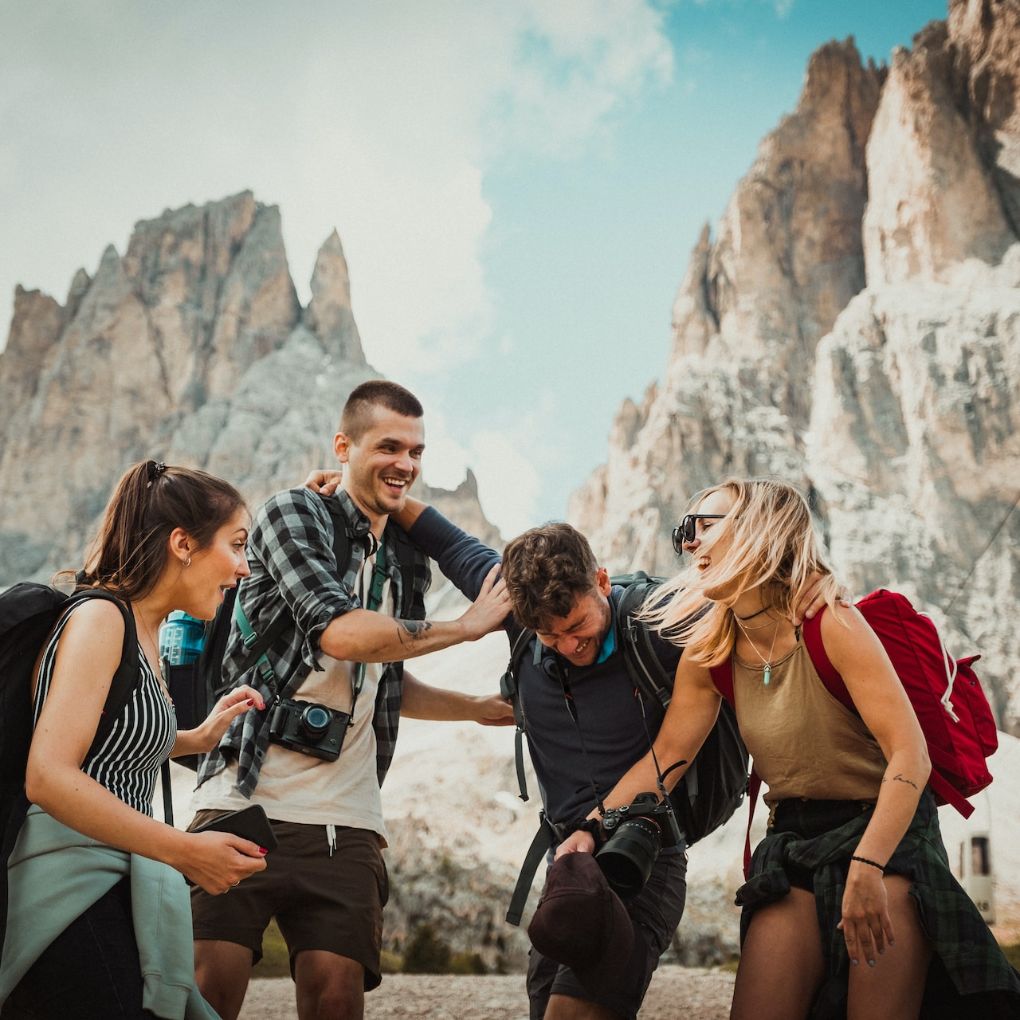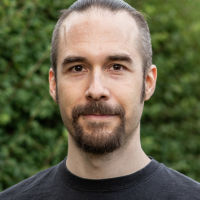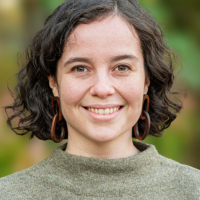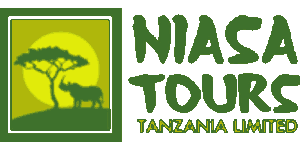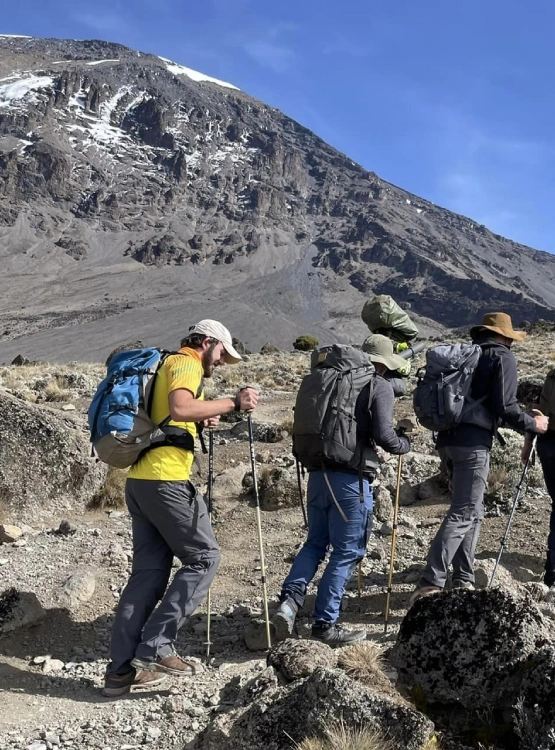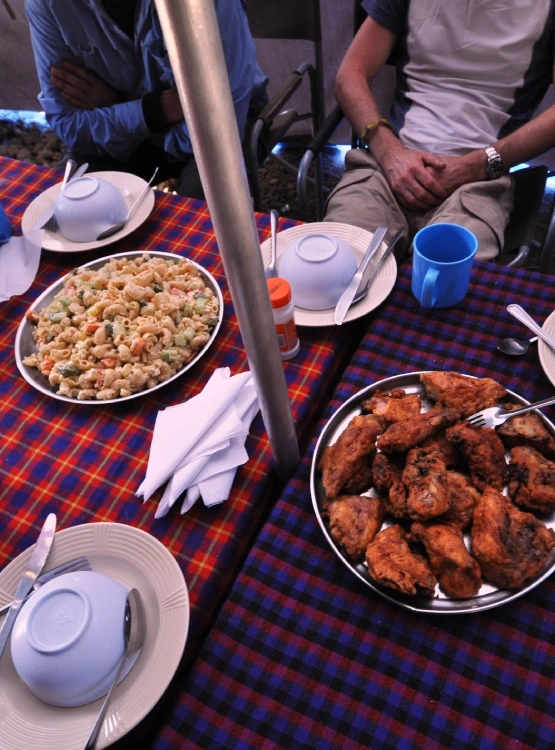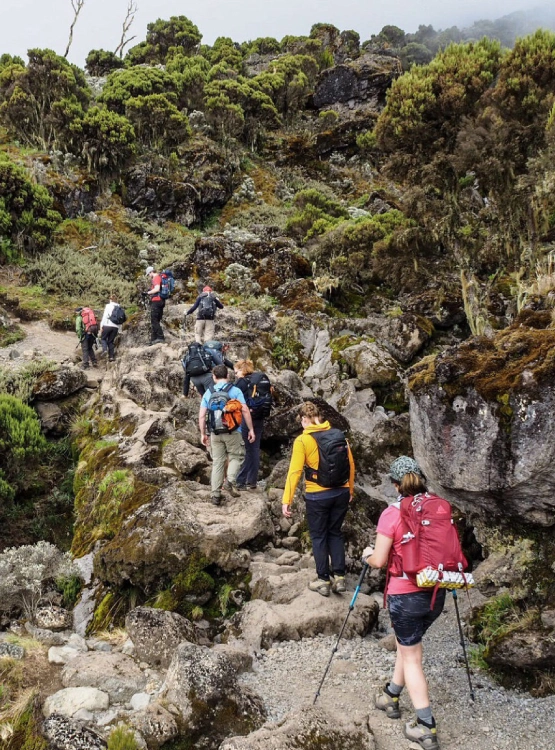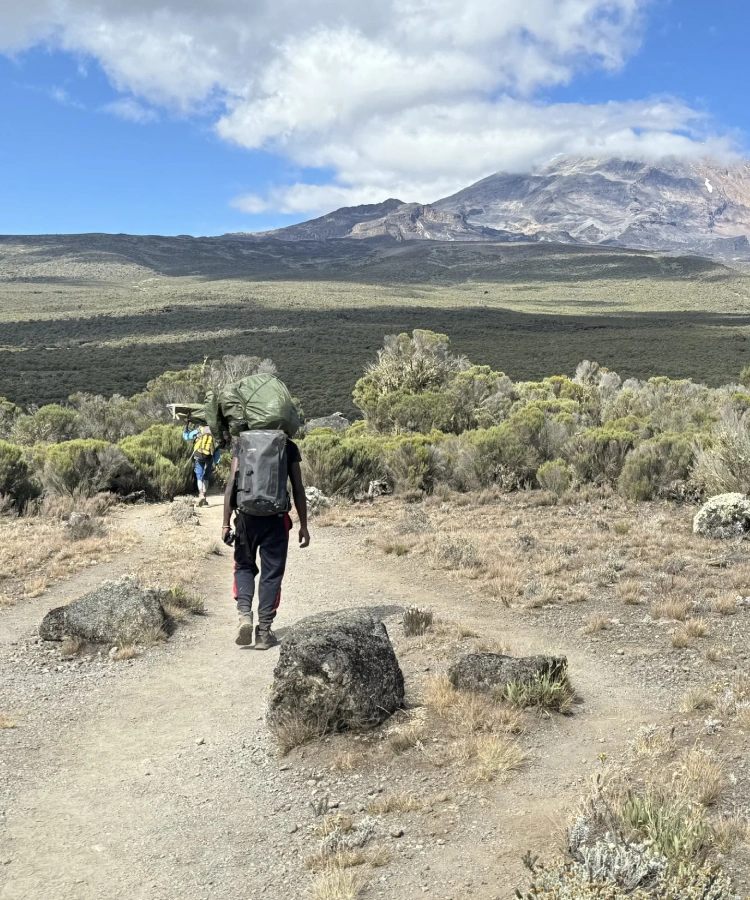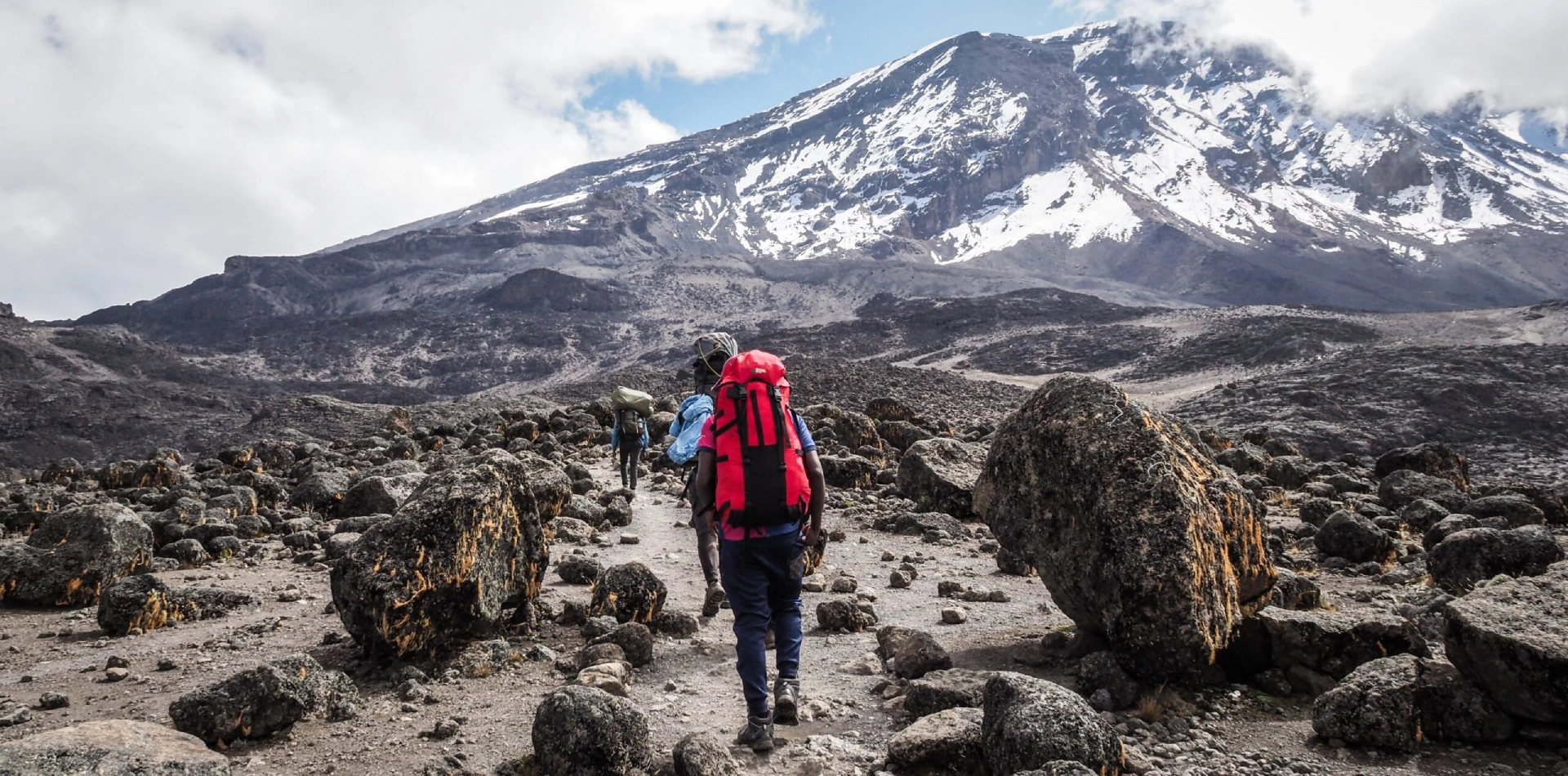
How Much Does it Cost to Climb Kilimanjaro?
Explore The Real Cost of Climbing Kilimanjaro
The Cost of Climbing Mount Kilimanjaro varies depending on several factors, including the route, the duration of the climb, the level of service, and the tour operator you choose. On average, a Kilimanjaro climb can cost between $1,500 and $4,000 per person.
Budget options typically offer basic services, while mid-range and luxury packages provide more comfort, such as better accommodations, meals, and highly experienced guides. The price often includes park fees, camping equipment, meals, and guide services, but excludes airfare, travel insurance, tips, and personal gear. While the cost may seem high, a well-organized Kilimanjaro Climb is an investment in both your safety and the quality of your experience on Africa’s highest peak.
Niasa Tours believes our tailored Kilimanjaro Tour Packages will be extremely useful for you and help you fulfil your Climbing Mount Kilimanjaro dream. Let us help you explore this extraordinary adventure to the Roof of Africa.
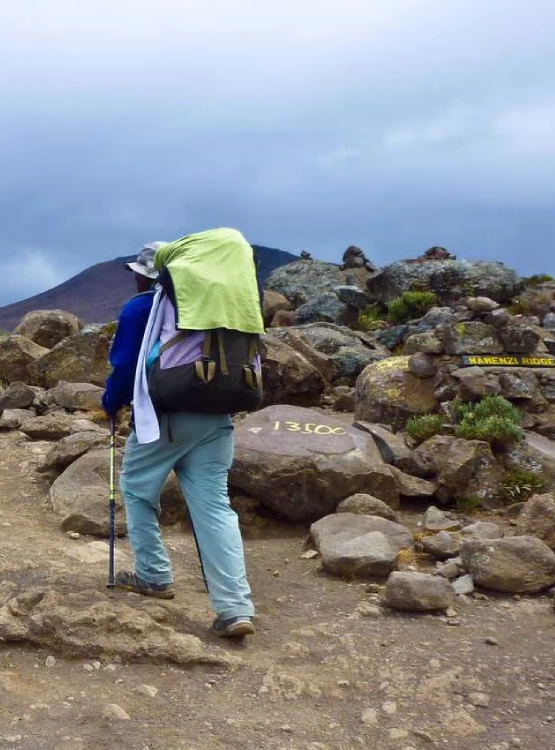
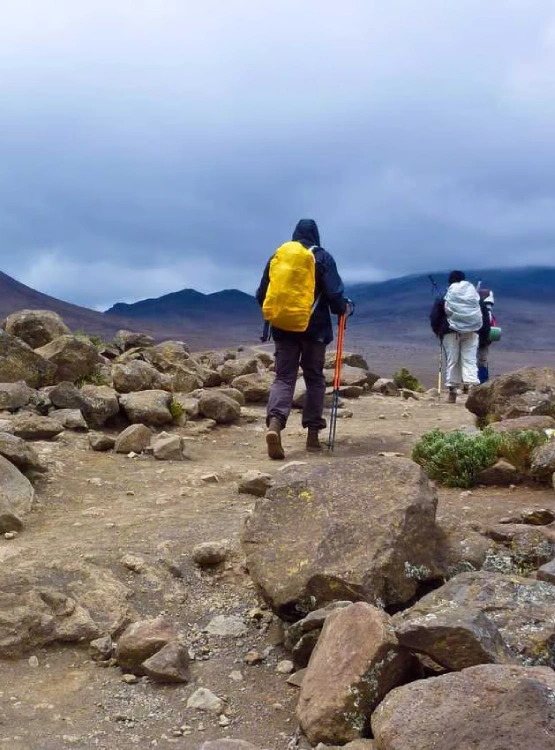
A Guide to Kilimanjaro’s Climb Costs
Climbing Kilimanjaro is a life-changing adventure. Explore how costs vary by route, season, and services, and find the best option that fits your budget and expectations.
Chosen Route
The route you select influences the cost. Longer, more challenging routes like Lemosho or Machame require higher fees for guides, logistics, and permits.
Trek Duration
Longer treks require more time, increasing overall costs. Additional days provide better acclimatization, improving your chances of reaching the summit .
Peak vs. Off-Peak Seasons
During peak seasons (June to October), prices rise due to higher demand. Off-peak months, like March and April, offer more affordable climbing options.
Comfort and Service
Luxury climbs with private tents, personal guides, and gourmet meals cost more. Budget climbs offer basic services but still deliver an amazing adventure to the summit.
Let’s Explore and Experience
Let’s explore Tanzania together—where every journey is crafted with care, and every moment brings you closer to nature, culture, and adventure. From the Serengeti to Zanzibar, we’re here to guide your unforgettable experience with passion, warmth, and local expertise.
We make it easier for everyone to experience the world
Ready to explore Tanzania’s natural wonders? We’re here to help! Whether you’re planning a once-in-a-lifetime safari or a peaceful nature escape, our team makes travel easy and personal. Reach out today—let’s turn your dream of exploring Tanzania and beyond into reality. We make it easier for everyone to experience the world, one journey at a time. Contact us today!
Need I help? Talk to an Expert
+255767493713 +255690129757
Mountain Climbing FAQs
Discover essential information for climbing Tanzania’s iconic peaks—Mount Kilimanjaro, Mount Ol-Donyo Lengai, and Mount Meru. Learn about the best seasons, difficulty levels, required permits, gear recommendations, and safety tips. Whether you’re a first-time climber or experienced mountaineer, these FAQs provide guidance to help you prepare, stay safe, and make your mountain adventure unforgettable.
Climbing Kilimanjaro is challenging but achievable for fit individuals. It doesn't require technical skills, but altitude and endurance are key factors. Choosing a longer route improves acclimatization and success. Mental preparation, physical fitness, and proper gear make a big difference in your summit experience.
The best times are during dry seasons—January to March and June to October. These months offer clear skies, better trail conditions, and higher success rates. Avoid the rainy seasons for safety and comfort. Early booking is also advised due to route popularity.
Yes, Mount Meru is ideal for acclimatization before Kilimanjaro. It reaches 4,566 meters and offers great altitude training. The trek includes wildlife encounters and scenic ridges, preparing your body for Kilimanjaro’s higher elevation and reducing chances of altitude sickness significantly.
Yes, guided climbs are mandatory for both Kilimanjaro and Mount Meru. Guides ensure your safety, manage logistics, and provide expert support. Their local knowledge enhances your journey. On Mount Meru, park rangers accompany all trekkers due to wildlife presence in the area.
Ol Doinyo Lengai is the only active natrocarbonatite volcano in the world, revered by the Maasai as the “Mountain of God.” The steep climb is rewarded with unique lava flows, spiritual significance, and sunrise views over Lake Natron and the Great Rift Valley.
Altitude sickness can affect anyone above 2,500 meters. Symptoms include headache, nausea, and fatigue. To reduce risk, climb slowly, stay hydrated, and acclimatize properly. Longer itineraries on Kilimanjaro and a Mount Meru pre-climb significantly boost altitude adaptation and summit success.
You’ll need layered clothing, waterproof outerwear, sturdy hiking boots, sleeping gear (for Kilimanjaro and Meru), headlamp, trekking poles, and hydration packs. For Ol Doinyo Lengai, include lightweight but grippy footwear and breathable clothing due to its steep, dusty volcanic terrain.
What Customers Say About Us
